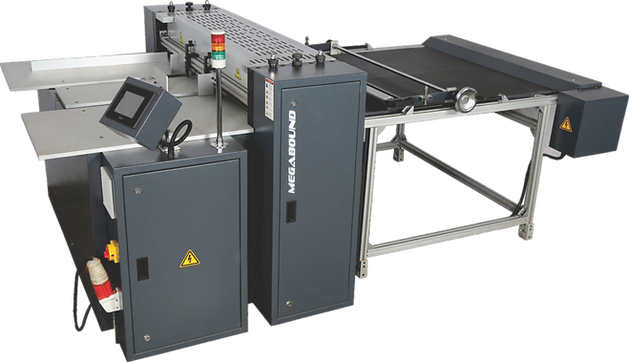LayFlat Photobook Binding – Crafted for Timeless Elegance.
- DBMC BlogDesk

- Sep 29
- 3 min read
Updated: Sep 30

In today’s digital-first world, one might assume the printed book is losing its charm. Yet, the opposite is true—especially in the world of photobooks and premium printed albums. From luxury wedding albums, travel-story books and coffee-table books to corporate presentations and art collections, demand is consistently rising for books that do more than tell a story—they show it without interruption. That’s where LayFlat binding comes in.
LayFlat Photobooks stand out as the ultimate choice for premium-quality presentation. Unlike traditional binding methods, LayFlat binding allows pages to open completely flat without a gutter in the center, ensuring that panoramic images spread seamlessly across two pages with uninterrupted beauty. This makes it the preferred solution for wedding albums, luxury photo books, corporate portfolios, and premium publishing.
Why LayFlat Binding Is in Bigger Demand?
The global demand for LayFlat photobooks is rapidly increasing, and for good reason:
Perfect for Storytelling – Weddings, travel memories, baby albums, or professional portfolios shine when every image is displayed without distortion.
Premium Appeal – LayFlat books look elegant and luxurious, making them the first choice for clients seeking high-end printing.
Durability – Strong hinge sheets and advanced gluing techniques make these books long-lasting.
Versatility – From children’s books to product catalogs, LayFlat works across industries.
With rising disposable incomes and booming photography culture, the photobook market is expanding globally, pushing LayFlat binding into the mainstream.
Challenges in LayFlat Binding
While the benefits are clear, producing LayFlat books has traditionally been labor-intensive and costly. Manual or semi-automatic processes often involve:
Multiple handling steps (feeding, gluing, pressing, labeling).
Inconsistent results due to operator variation.
Limited speed and scalability for larger runs.
This means businesses had to choose between high quality at low volume or higher volume with compromised consistency.
How Technology Is Transforming LayFlat Binding?
Recent advances in automation and intelligent binding machinery are bridging the gap between artisanal quality and industrial efficiency. Today’s fully automatic LayFlat systems integrate:
All-in-one, automated sheet feeding, creasing, folding, gluing and mounting for precision alignment.
Inline flat pressing for perfectly flat pages.
Barcode/QR scanning for error-free order tracking.
ERP integration for seamless workflow management.
These innovations reduce human error, cut production costs, and open up new possibilities for on-demand, personalized photobook production.
The Future of LayFlat Binding
The future is clear: LayFlat is no longer a niche—it’s the standard for premium printing. As personalization and on-demand printing grow, so does the need for faster, smarter, and scalable LayFlat production.
Print service providers are realizing that manual or semi-automatic processes can’t keep up with today’s expectations for speed, accuracy, and consistency. The future belongs to fully automated LayFlat solutions that deliver both efficiency and perfection.
The Way Forward
For print service providers, investing in the right LayFlat technology can be a turning point. With the photobook market expected to grow steadily over the next decade, businesses that embrace automation will be best positioned to deliver premium quality at scale.
One of the most advanced solutions available today is the MAGNABIND LAYFLAT IMAGEBOOK-3000, introduced by Druck & Bindung Machinery Corp. Designed to handle up to 3,000 sheets per hour, it combines high-speed automation, wide format flexibility, and precision quality control. For businesses looking to scale photobook production while maintaining true LayFlat excellence, it represents a powerful step into the future.
👉 Learn more about the technology behind the LAYFLAT IMAGEBOOK-3000 here







Comments